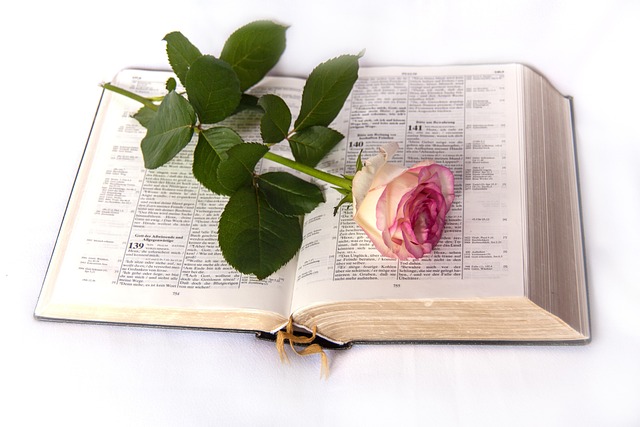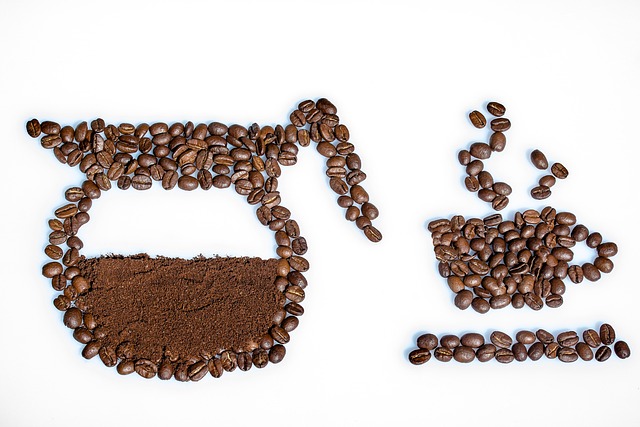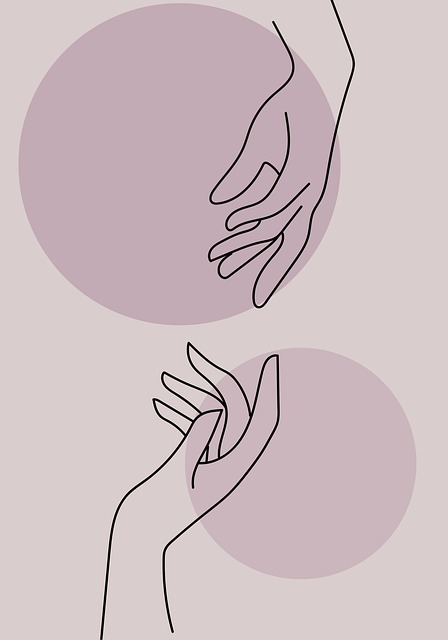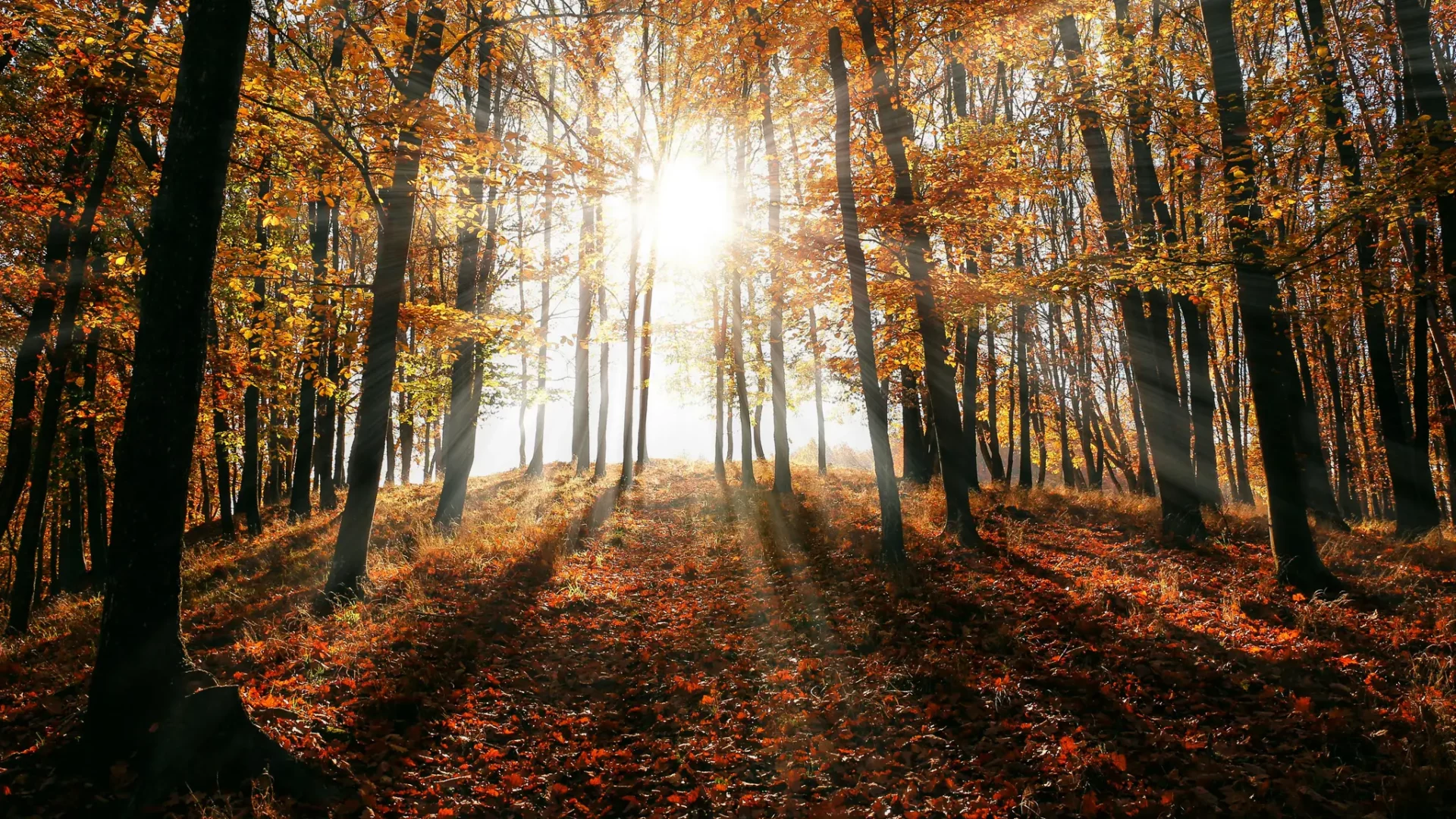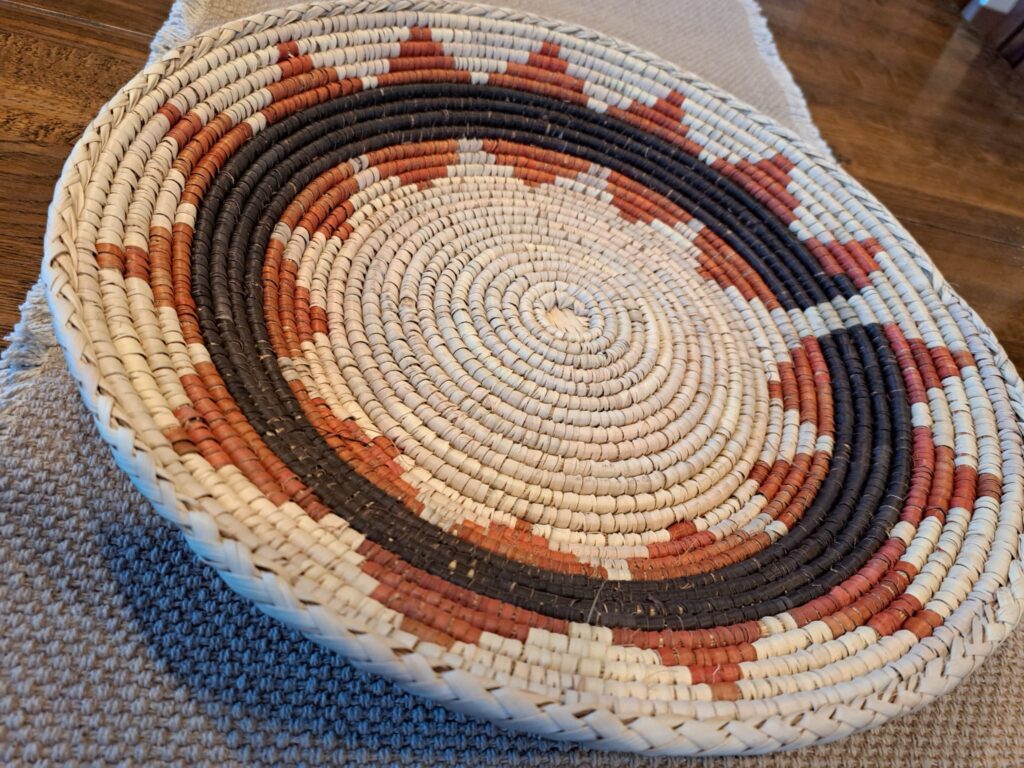
As mentioned in a prior post, “Thank you for being curious: A Lesson from the Desert,” I recently stopped by the Painted Desert Indian Center. While there, I learned about – and was inspired by – the importance and symbolism surrounding the Navajo ceremonial basket, or the Navajo wedding basket.
The Navajo wedding basket, or Ts’aa’, is weaved with a deeply symbolic and sacred design representing the journey of life, harmony, and balance. The central black circle symbolizes the beginning of life, while the white pathways spiraling outward represent growth, knowledge, and the challenges of life’s journey. The red band signifies the trials and hardships one must overcome, while the open section, or “pathway,” always points east, symbolizing new beginnings, enlightenment, and the importance of always moving forward. Traditionally used in weddings, healing ceremonies, and rites of passage, the basket embodies the Navajo philosophy of hózhǫ́—living in beauty, balance, and harmony with the world.
I also learned that inn traditional Navajo culture, homes, particularly hogans, are built with their doors facing east to honor the rising sun, which represents new beginnings, guidance, and spiritual protection. The sun is a vital force in Navajo beliefs, symbolizing life, warmth, and growth. By orienting their homes toward the east, the Navajo people align themselves with the natural cycle of the earth, greeting each day with gratitude and renewal. This practice reflects a deep connection to nature and the belief in living in harmony with the universe, embracing the light and wisdom that each new dawn brings.
The eastward-facing door of a hogan is not just about physical orientation—it holds deep spiritual significance. The rising sun is associated with creation, renewal, and enlightenment, and it is believed that the Holy People (Diné deities) – or angels, as the saleswoman at the Painted Desert Indian Center described – travel with the sun as it rises in the east. Each morning, many Navajo people begin their day with prayers, songs, and offerings to honor these spirits and to seek blessings for balance, protection, and harmony. Corn pollen, a sacred element in Navajo ceremonies, is often used in these prayers as an offering to the Holy People, symbolizing purity and a connection to the natural world. Facing the east in prayer aligns individuals with the natural cycle of life, reinforcing the Navajo philosophy of hózhǫ́—living in beauty, balance, and harmony. This daily ritual reflects a profound respect for nature and the spiritual forces that sustain life.
This idea resonates deeply with me. While my own morning ritual isn’t always perfect, I’ve found that when I’m consistent—starting my day with a devotional, journaling my prayers and gratitude, and reading a self-improvement book—I gain clarity, focus, and a sense of alignment. Imagine if we all began our mornings with even a simple practice of reflection and connection. How much more centered would we be? How much more in tune with God’s purpose for us?
You might think, Who has time for that? But the truth is, it doesn’t have to be a long, complicated process. Even small, intentional moments—listening to a devotional podcast like The Bible in a Year with Father Mike Schmitz (one of my favorites) while getting ready for the day—can help set the tone for a more grounded and purposeful life. Just as the Navajo believe in facing the east to welcome wisdom and guidance, we, too, can orient our mornings toward spiritual growth and transformation, preparing ourselves to walk the path ahead with clarity and purpose.
So, how will you begin your morning tomorrow? Will you step into the day with intention, or let the day decide for you?

